In current system, some functionalities/ use cases may need multiple stages to complete their whole procedure. Examples are like user registration which may contain two stages: inserting user record on database and email activation. Or for money transfer on netbank, it requires the stage of filling transfer information and of SMS verification before the actual transaction happens. I want to know how to draw sequence diagram for such kind of functionalities/ use cases.
To be more specific, I have drawn a sequence diagram for the user registration example using MVC pattern, which is shown on the bottom. On this diagram, the two stages is divided by the red line. Also I skip the logic that handles failures or exceptions like invalid input or username already existing in the database to make it simpler. It seems that there are so many objects involved in this diagram, should I draw a sequence diagram this way? Or using 2 sequence diagram for each stage is better?
